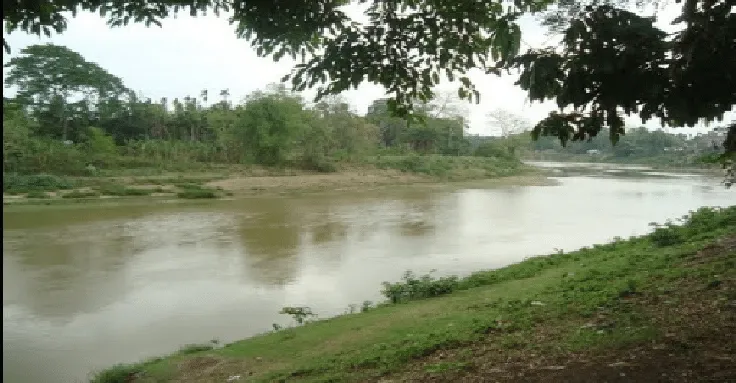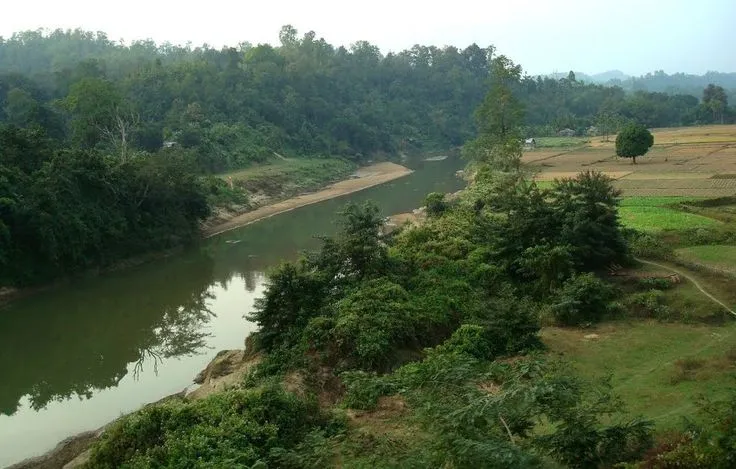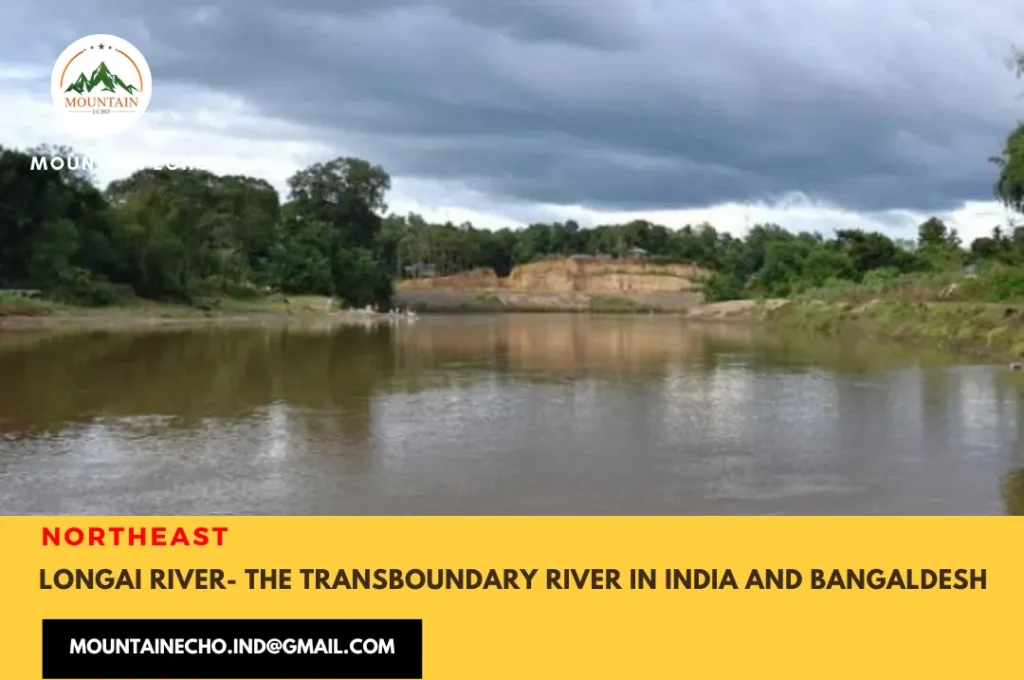Longai River- the transboundary river in India and Bangladesh
The Longai River, located in the Karimganj district of Assam is a transboundary river between India and Bangladesh. This enchanting river flows through lush green landscapes, offering both countries a source of sustenance and a peaceful connection. The Longai river is a representative of the harmonious coexistence and cooperation between two neighboring nations.
The Longai River originates from the Jampui hills of Tripura. It then flows through some parts of Mizoram and enters the karimganj district of Assam. Later, it enters Bangladesh and eventually drain in the Hakaluki Haor. The river has a total length of around 85 kms in India.

The Longai River and its surrounding ecosystem are of immense ecological importance. The banks of the Longai River are blessed with stunning natural beauty, characterized by lush greenery, serene water bodies, and diverse wildlife. The river’s ecosystem supports a variety of aquatic life which includes fish species like the Indian major carps, rohu, and catfish. The surrounding forests are home to numerous bird species, making it a birdwatcher’s paradise.
The Longai River holds immense socio-economic importance for the people of Karimganj district in Assam. The river and its tributaries facilitate trade and transportation, connecting remote villages to urban centers. It acts as a lifeline for agriculture, enabling irrigation for paddy fields and other crops, which are essential for the livelihoods of the local population. The river’s water also serves as a source of livelihood for many communities who depend on fishing for their income.

The river also plays a cultural role in the region, with several festivals and rituals associated with it. Communities living along its banks celebrate festivals such as Chaitra Sankranti and Magh Bihu with great enthusiasm, strengthening their bonds and cultural heritage.
Despite its significance, the Longai River faces several challenges. Pollution from industrial and agricultural runoff, as well as improper waste disposal, threatens the water quality. This poses a risk to the aquatic life and the communities that rely on the river for drinking water and fishing. Efforts have been made by both India and Bangladesh to address these challenges and conserve the river’s ecosystem.



